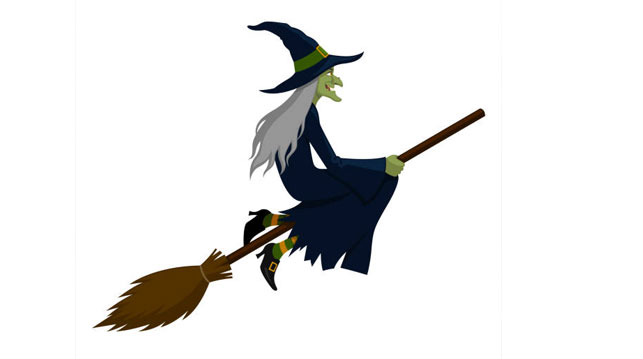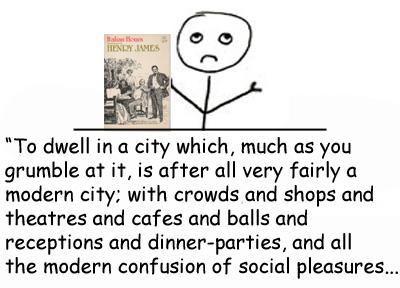
Professional editors have their own list of top moneymakers. I’m guessing the all-time #1 is misplaced commas, then maybe wayward apostrophes, run-on sentences, and then probably people who use “exegesis” too often. Or is that last one just me?
Anyway, somewhere on the list is going to be the problems people have with using “that” versus “which” when they’re moving on to a new phrase or clause.
The rule for US English is actually pretty simple to state: use “that” when the phrase that follows is essential for the meaning of the noun (or is a dependent phrase), and use “which” (preceded by a comma) when the phrase that follows offers additional, nonessential information about the noun (or is an independent phrase).
Getting it right, however, can be complicated. A few factors are at play.
Get a free sample proofread and edit for your document.
Two professional proofreaders will proofread and edit your document.
It’s New
First, this is a relatively new grammar rule. Just like some rules become obsolete, others are introduced to help writers with their clarity. Go back to something written fifty or more years ago, and you’ll see that most authors use that and which interchangeably before a phrase. That does make it harder to get used to the new-ish rule, so you need to make some effort not to become confused.
But remember, it’s the same sort of effort you have to make to deal with how the masculine used to be the default pronoun, some writers used to throw capital letters around for emphasis, saying “hopefully” was taboo, and so on. English is a living language, and to be alive is to change.
You Have to Think about It
As with commas and dependent/independent aspects of sentences, picking that versus which means you need to consider the entire sentence. As we write, we often start sentences without knowing how they’re going to end. Determining whether to use that or which might not be possible until you’ve got the whole sentence (i.e., the whole thought) on paper.
That and Which Have a Boatload of Other Meanings
This means the two words often have nothing to do with each other. It’s only when introducing a dependent or independent phrase that they get in each other’s way.
Stay on Target
But these issues should never deter the determined, especially if we just remember the point of the rule in the first place.
The kinda-new grammar rule came about to fine-tune modern writing to the modern reader. Today’s audience doesn’t want to spend any more time than is necessary on getting the meaning out of the text. Those initialisms we use in texting, for example, aren’t only for ease of typing but also for ease of understanding. “Oh, my God” has many meanings, including being an actual prayer. “OMG,” however, just means astonishment.
 So here you are, writing a sentence that your modern reader is going to reject if it’s not immediately understandable, and you have some information to give. Using that and using which send two very different messages to that reader.
So here you are, writing a sentence that your modern reader is going to reject if it’s not immediately understandable, and you have some information to give. Using that and using which send two very different messages to that reader.
Basic Rule
That signals to the reader that the information you are providing next is 100 percent necessary for the meaning of the sentence.
Which signals to the reader that the information you are providing next (which will be helpfully set apart by commas) is offered in addition to the bare meaning of the sentence.
Using That
So let’s say I have a car. It’s an older car that burns a lot of oil. Note that “burns a lot of oil” is essential to the point I’m making about my car. It also makes clear why I mentioned my car is old.
Meanwhile, I have a neighbor with a super-expensive car that is still always in the shop. I cannot remove “is still always in the shop” and retain my sentence’s point.
I have a friend with five oil paintings. I want her to leave me the painting that cost $10,000. The cost of the painting is necessary for the reader to know which of the five paintings I want.
I also know of a crash diet that will help someone lose five pounds quickly.
Note in all these cases the information after “that” cannot be removed without losing the essential qualities of my car, my neighbor’s car, the painting, and the crash diet.
Using Which (Preceded by a Comma)
Now about that old car of mine. It still runs pretty well, which makes me glad I bought it. Note that “makes me glad I bought it” is not essential to the meaning of my point that the car runs well. The information it offers is important, yes, and the sentence says less without it, but its removal does not leave me without a sentence. Being glad I bought it is extra (independent) information. “It still runs pretty well” can stand on its own.
Meanwhile, my neighbor’s super-expensive car seems like a waste of time and money, which does not appeal to me. I can remove “does not appeal to me,” and the sentence still works.
My friend’s $10,000 painting was evaluated by an expert, which allowed her to get it insured.
That crash diet takes weight off quickly but not permanently, which makes it a bad way to manage one’s weight.
Note that what comes after which isn’t less interesting or important from a universal perspective; it’s just additional information.
And don’t forget the role of the second comma when the phrase doesn’t end the sentence. It reminds us that the phrase is nudging the other bits of the sentence aside to make room for its little info nugget.
This parking lot has those right-angle spaces that make it hard to park, which makes me wonder why anyone uses it, instead of slanted spaces.
And now you’ve read to the end of this blog post, which I hope you found helpful, so you can go read some other posts that are hopefully interesting as well.
Julia H.
Get a free sample proofread and edit for your document.
Two professional proofreaders will proofread and edit your document.
Get a free sample proofread and edit for your document.
Two professional proofreaders will proofread and edit your document.
We will get your free sample back in three to six hours!